
The Majestic Colosseum: A Journey Through Ancient Rome
Explore the Colosseum, Rome's ancient amphitheater, a historical landmark that reveals the grandeur of gladiatorial battles and Roman architecture.
Step into the grandeur of ancient Rome at the Colosseum, a historical landmark that tells tales of gladiators, emperors, and epic battles. This iconic amphitheater is a must-visit for tourists eager to explore the rich history and architecture of the Eternal City.
A brief summary to The coliseum
- Via Piave, 35, Rome, Metropolitan City of Rome Capital, 00187, IT
Local tips
- Book your tickets online in advance to avoid long queues at the entrance.
- Consider joining a guided tour for a deeper understanding of the Colosseum's history and architecture.
- Visit early in the morning or late in the afternoon to avoid the crowds and enjoy cooler temperatures.
- Wear comfortable shoes, as you will be walking on uneven surfaces within the Colosseum.
- Don't miss the chance to explore the surrounding area, including the Roman Forum and Palatine Hill for a complete historical experience.
Getting There
-
Walking
If you are in the Historic Centre of Rome, you can easily walk to the Colosseum. Start at Piazza Venezia, a central hub in the city. From there, head southeast on Via di San Marco until you reach Via del Corso. Turn right on Via del Corso and continue until you reach Via dei Fori Imperiali. Keep walking straight until you see the Colosseum on your left. The entire walk should take around 15-20 minutes.
-
Metro
If you prefer to take public transportation, you can use the Metro. Locate the nearest Metro station, which is likely to be 'Cavour' if you're in the Historic Centre. Take Line B (blue line) towards Laurentina. After one stop, get off at 'Colosseo' station. Exit the station, and you will find yourself directly in front of the Colosseum. The ticket for the Metro costs approximately €1.50.
-
Bus
Another option is to take a bus. Check the nearest bus stop in the Historic Centre. Buses that go to the Colosseum include lines 75, 81, and 87. Board one of these buses and get off at the stop 'Colosseo'. The bus fare is also around €1.50, and ensure you keep your ticket validated.
Discover more about The coliseum
Iconic landmarks you can’t miss
The coliseum
0.0 km
Discover the awe-inspiring Coliseum, a historical landmark of ancient Rome, where gladiators once fought and history was made.

Monument to the Capture of Rome
0.1 km
Explore the Monument to the Capture of Rome, a remarkable tribute to Italy's unification nestled in the heart of the Eternal City.

Piazzale di Porta Pia
0.3 km
Explore Piazzale di Porta Pia, a historical landmark in Rome featuring Michelangelo's stunning gate and vibrant local culture.
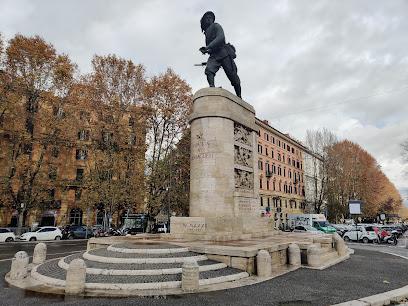
Al Chianti
0.3 km
Savor authentic Tuscan flavors at Al Chianti, a beloved Italian restaurant in Rome offering a delightful culinary experience.

The Regency, Rome, a Tribute Portfolio Hotel
0.4 km
Experience luxury and rich history at The Regency, Rome, a perfect blend of modern comfort and classic charm in the heart of the Eternal City.

Via Venti Settembre
0.5 km
Explore the vibrant Via Venti Settembre, a must-visit street in Rome for culture, shopping, and exquisite Italian cuisine in the heart of the Eternal City.

Chiesa di Santa Maria della Vittoria
0.6 km
Discover the baroque beauty of Chiesa di Santa Maria della Vittoria, home to Bernini's stunning 'Ecstasy of Saint Teresa' in the heart of Rome.

Colossal Vase
0.7 km
Explore the Colossal Vase in Rome, a stunning historical landmark that showcases the grandeur of ancient artistry and culture in the Eternal City.
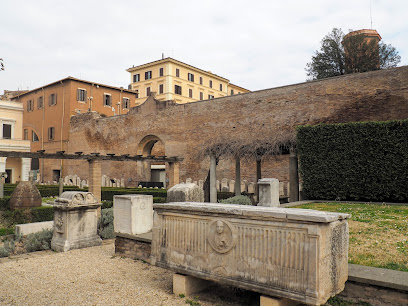
Monumento della Caravella
0.7 km
Explore the Monumento della Caravella, a captivating historical landmark in Rome that embodies maritime heritage and the spirit of adventure.

P.za S. Bernardo
0.7 km
Experience the charm of P.za S. Bernardo in Rome, where history meets local culture in an enchanting piazza.

Unmissable attractions to see
Gardens of Sallust (Horti Sallustiani)
0.2 km
Explore the tranquil beauty of the Gardens of Sallust in Rome, offering a serene retreat filled with history, lush landscapes, and stunning views.

Palla di cannone/ cannon ball
0.4 km
Discover the Palla di Cannone in Rome, a massive historic cannon ball symbolizing the city's military heritage and offering stunning views from Pincian Hill.
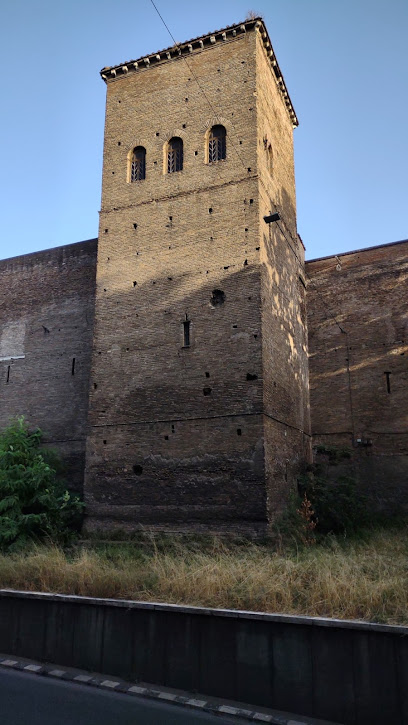
Basilica Parrocchiale Santa Teresa d'Avila
0.4 km
Explore the serene beauty and artistic splendor of Basilica Parrocchiale Santa Teresa d'Avila in Rome, a true gem of religious architecture.

My Scooter Rent in Rome
0.4 km
Experience the freedom of Rome with My Scooter Rent, where adventure meets convenience in the heart of the Eternal City.

Monument to Quintino Sella
0.4 km
Discover the Monument to Quintino Sella in Rome, a striking historical landmark honoring a key figure in Italy's unification, steeped in rich history and artistic design.

MACRO
0.6 km
Explore the innovative world of contemporary art at MACRO, Rome's leading art museum showcasing dynamic exhibitions and immersive installations.

Chiostro di Michelangelo
0.6 km
Explore the stunning Chiostro di Michelangelo, an architectural masterpiece in Rome, surrounded by 100 beautiful columns and rich in history.

Piazza dell'Indipendenza
0.7 km
Discover the allure of Piazza dell'Indipendenza, a vibrant square in Rome that blends history and culture in a picturesque setting.

Church of Santa Maria della Vittoria
0.7 km
Discover the divine beauty of Santa Maria della Vittoria, a Baroque masterpiece in the heart of Rome, featuring stunning art and serene spirituality.
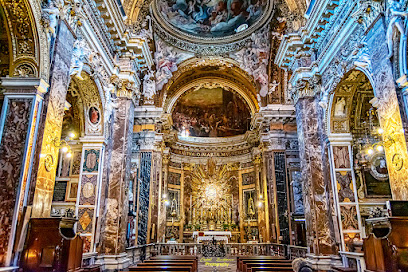
Fountain of Moses
0.7 km
Discover the enchanting Fountain of Moses in Rome, a captivating historical landmark that embodies the rich artistic heritage of the Eternal City.

Museo Nazionale Romano, Terme di Diocleziano
0.7 km
Explore the ancient wonders of Rome at Museo Nazionale Romano, Terme di Diocleziano, where history and art intertwine in a breathtaking setting.
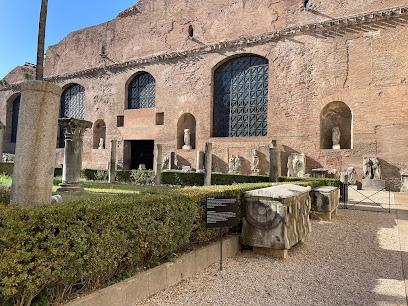
Apollo e Daphne
0.7 km
Explore the breathtaking 'Apollo e Daphne' sculpture by Gian Lorenzo Bernini at Museo Borghese, a pinnacle of Baroque artistry in the heart of Rome.

Chiesa di Santa Susanna alle Terme di Diocleziano
0.7 km
Discover the serene beauty of Chiesa di Santa Susanna alle Terme di Diocleziano, a stunning Catholic church in Rome that enchants with its rich history and exquisite architecture.

Basilica of Saint Mary of the Angels and Martyrs
0.7 km
Explore the Basilica of Saint Mary of the Angels and Martyrs, an architectural masterpiece blending history, art, and spirituality in the heart of Rome.

Piazza di San Bernardo
0.7 km
Discover the serene beauty of Piazza di San Bernardo, a charming town square in the heart of Rome, perfect for relaxation and cultural immersion.
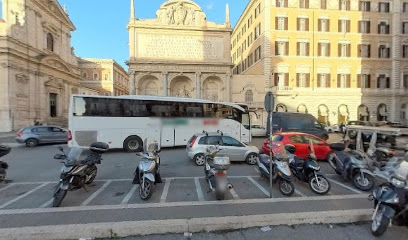
Essential places to dine
Piccolo Abruzzo
0.2 km
Experience authentic Abruzzese flavors at Piccolo Abruzzo - where tradition meets taste in the heart of Rome.

Atmosfera
0.4 km
Experience authentic Italian cuisine at Atmosfera, where every dish tells a story amidst the charm of Rome.

Breccia
0.4 km
Experience innovative Italian cuisine at Breccia, where tradition meets modernity in the heart of Rome.

Ristorante Il Fellini
0.4 km
Discover Ristorante Il Fellini: An authentic Italian restaurant in Rome offering exquisite dishes and a warm atmosphere perfect for any occasion.

Ai Fienaroli
0.4 km
Experience authentic Roman cuisine at Ai Fienaroli - where tradition meets flavor in a charming Italian restaurant.

Massimo's Al 39 Restaurant
0.6 km
Savor authentic Italian cuisine at Massimo's Al 39 Restaurant in Rome—home to delicious pizzas, fresh seafood, and exquisite desserts.

Culinaria
0.6 km
Experience authentic Mediterranean cuisine at Culinaria in Rome - where tradition meets culinary excellence.

Terrazza Borghese - Restaurant & Lounge Bar
0.6 km
Experience exquisite Italian dining with breathtaking views at Terrazza Borghese in the heart of Rome.

Al Vero Girarrosto Toscano
0.7 km
Experience authentic Tuscan cuisine at Al Vero Girarrosto Toscano in Rome – home to exquisite steaks and traditional Italian flavors.

Ristorante Cadorin & Lounge Bar
0.8 km
Experience authentic Italian cuisine with contemporary flair at Ristorante Cadorin & Lounge Bar in the heart of Rome's elegant Via Vittorio Veneto.

Moma
0.8 km
Discover exquisite Italian cuisine at Moma in Rome, where fine dining meets exceptional service in an elegant setting.

Il Localino
0.9 km
Experience authentic Italian cuisine at Il Localino in Rome - where tradition meets taste in every dish.

Rosemary terra e sapori
0.9 km
Discover authentic Italian flavors at Rosemary Terra e Sapori – where organic meets tradition in the heart of Rome.

Vattani Elegant Italian Restaurant & Cocktail Bar
0.9 km
Experience exquisite Italian cuisine and vibrant cocktails at Vattani Elegant Italian Restaurant & Cocktail Bar in the heart of Rome.

Ristorante Luigi, Cantina e Cucina
1.0 km
Experience authentic Italian cuisine at Ristorante Luigi in Rome—where tradition meets flavor in every dish.

Markets, malls and hidden boutiques
Caffè Piccarozzi
0.8 km
Experience authentic Italian coffee culture at Caffè Piccarozzi in the vibrant Piazza della Repubblica, Rome's charming coffee haven.
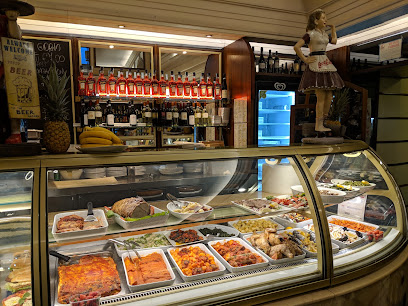
Giocattoli/Souvenir
0.9 km
Explore Giocattoli/Souvenir in Rome for unique gifts and souvenirs that capture the essence of the Eternal City.

Rosafuria
1.0 km
Explore Rosafuria, Rome's premier home improvement store blending elegance and functionality in interior design for a stylish living experience.

Souvenir shop
1.1 km
Discover unique gifts and authentic mementos at this charming souvenir shop in the heart of Rome, perfect for capturing the essence of your travels.

Amoroma Souvenir
1.1 km
Explore Amoroma Souvenir in Rome for unique gifts and authentic Italian treasures that capture the essence of your travel experience.

Montecristo leather bags
1.1 km
Explore exquisite handcrafted leather bags at Montecristo, where Italian artistry meets timeless elegance in the heart of Rome.
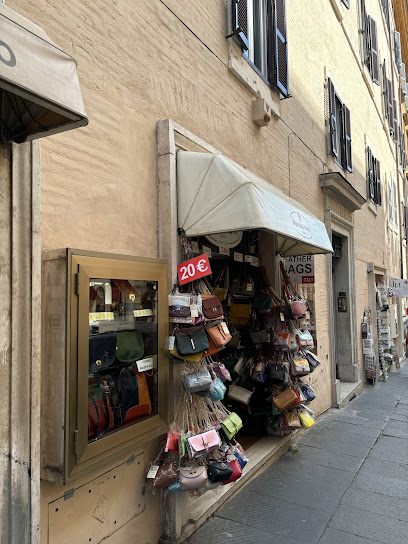
Stock Point
1.2 km
Discover the charm of Rome at Stock Point, where unique souvenirs and local craftsmanship meet in a delightful shopping experience.

Kolby
1.2 km
Discover Kolby in Rome, where fashion meets style with a stunning collection of clothing and footwear reflecting the city's vibrant culture.

Humana Vintage Roma
1.4 km
Explore the charm of vintage fashion at Humana Vintage Roma, where unique style meets sustainable shopping in the heart of Rome.

Apewineboxes | La migliore selezione online di Vino Artigianale, Vino Naturale e Vino Biodinamico
1.4 km
Explore Rome's finest artisanal, natural, and biodynamic wines at Apewineboxes, a must-visit wine store for true enthusiasts.

BD-SAS
1.4 km
Discover the essence of Rome at BD-SAS, a charming souvenir store offering unique bags and gifts that embody Italian craftsmanship.
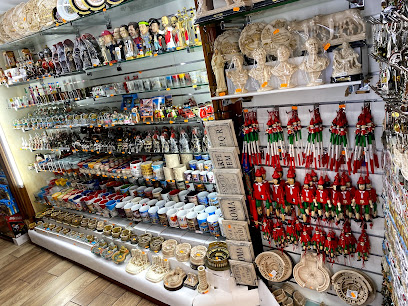
RINASCENTE Rome Via del Tritone
1.4 km
Discover the charm of Rinascente Rome, a premier shopping destination blending luxury fashion, gourmet dining, and stunning city views.

Babington's tea room
1.4 km
Experience the charm of Rome at Babington's Tea Room, where exquisite teas and delightful pastries create unforgettable memories.

Souvenir shop (gift)
1.4 km
Explore a delightful souvenir shop in Rome, offering unique gifts and authentic Italian craftsmanship, perfect for capturing your travel memories.

Wale s.n.c.
1.4 km
Discover unique souvenirs and locally crafted items at Wale s.n.c. in Rome, a gift shop that embodies the city's rich culture and artistry.

Essential bars & hidden hideouts
Harry's Bar
0.9 km
Discover the elegance of Harry's Bar in Rome, where fine dining meets live music in a historic setting.

Apotheke Cocktail Bar
1.0 km
Discover Apotheke Cocktail Bar in Rome, a vibrant cocktail haven blending innovative drinks with a cozy atmosphere for the perfect night out.

Pepy's Bar
1.1 km
Discover the vibrant atmosphere and extensive drink selections at Pepy's Bar, a local favorite in the heart of Rome.

Mùn Rooftop Cocktail Bar
1.2 km
Mùn Rooftop Cocktail Bar: A stunning rooftop escape in Rome, blending exquisite cocktails with breathtaking views of the Eternal City.

Sir Daniel Pub
1.3 km
Experience the vibrant nightlife at Sir Daniel Pub in Rome, where gourmet food meets live music in a lively atmosphere.

8 e 1/2 Cocktail & Wine bar
1.3 km
Discover the art of cocktail and wine at 8 e 1/2, a stylish bar in the heart of Rome offering an unparalleled experience for enthusiasts.
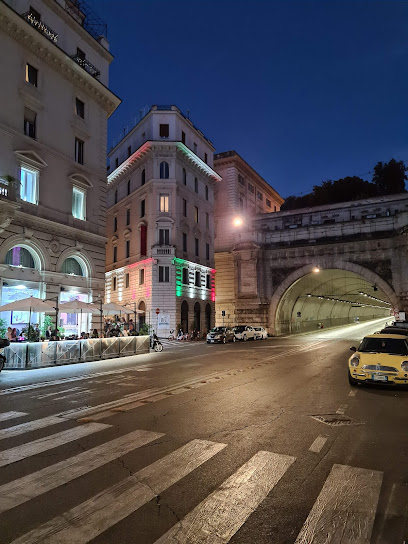
The Albert
1.3 km
Experience the vibrant nightlife of Rome at The Albert, a cozy pub serving delightful drinks and local flavors in a welcoming atmosphere.

b-cool Bistrot and Cocktail bar Roma
1.3 km
Discover b-cool Bistrot and Cocktail Bar in Rome, where authentic Italian cuisine meets innovative cocktails in a vibrant setting.

Il Tino di Vino
1.5 km
Discover the essence of Italian wine culture at Il Tino di Vino, a cozy wine bar in Rome’s vibrant streets.

Best sandwiches and water fountain
1.5 km
Discover the best sandwiches in Rome at this charming bar featuring a tranquil water fountain, perfect for a relaxing culinary experience.

Blackmarket Hall
1.5 km
Discover Blackmarket Hall: A vibrant cocktail bar and bistro in Rome offering delicious food, exquisite cocktails, and live music in a lively atmosphere.

Bar Fontana di Trevi
1.6 km
Discover the delightful Bar Fontana di Trevi, a charming spot for gelato and drinks near Rome's iconic Trevi Fountain.

Drink Kong
1.6 km
Experience innovative cocktails in a stylish atmosphere at Drink Kong, Rome's premier cocktail bar, perfect for an unforgettable night out.

RoofTop Lounge Trevi
1.6 km
Discover the breathtaking views and exquisite cocktails at RoofTop Lounge Trevi, a premier destination for tourists in Rome.

Ri.ONE RoofTop Cocktail bar
1.6 km
Discover the best views and unique cocktails at Ri.ONE RoofTop Cocktail Bar, your perfect escape in the heart of Rome, Italy.




